I've always wondered about baby carrots. Where are they grown? Are they just big carrots cut into small pieces, or are they grown as baby carrots? Why are they so wet in the package? Why do they turn white if I leave them on my veggie tray too long? Well... when I was offered the opportunity to tour Grimmway Farms, I jumped at the chance to get the answers I wanted first-hand.
Grimmway Farms started as a small roadside produce stand in 1968 and now is the largest grower, producer and shipper of carrots in the world. In fact, they process more than 10 million pounds of baby carrots per week, Monday through Saturday.
On the carrot field tour, I found out that though carrots are the largest Grimmway Farms crop, the company also grows, harvests, and sells more than 65 kinds of produce, much of it organic. In fact, they are the largest organic produce grower in the United States. As if all of this produce farming doesn't keep them busy enough, in 2011, the owners of the company opened a public elementary school, the Grimmway Academy, to close the achievement gap for children in rural areas. I ate a delicious lunch at the school, visited classrooms and toured their inspiring and innovative educational garden.
Thanks, Grimmway Farms, for teaching me 20 interesting facts about one of my favorite snacks to pair with hummus, vegan ranch dressing and almond butter: baby carrots.
1.Baby carrots aren't born that way. They are cut from a special type of carrot variety that grows slim and tender.
2.The carrot seeds are planted in tight clusters to encourage the carrot roots to grow into a slender shape.
3.Baby carrots prefer looser soil, which allows the roots to stretch long and straight as they grow.
4.To obtain maximum soil and plant health, fields are planted with carrots only once every three years. Other vegetables are planted in the fields when the carrots aren't being grown.
5.The carrot variety that's used for baby carrots is harvested young, typically after 120 to 140 days. Full-size carrots average 160 to 200 days of growth.
6.If you want to eat a carrot when you are picking it in the field, you can use the green tops as a brush to remove dirt from carrot.
7.About 85 percent of the United States carrot crop is grown in and around Bakersfield, Calif.
8.Two-inch baby carrot pieces are cut from full-grown, young carrots, not broken ends or remnants.
9.The broken ends or remnants (also called "culls") are processed into juice or cattle feed.
10.There are five sizes of baby carrots; the smallest size carrots are called "carroteenies."
11.Baby carrots aren't peeled; they get buffed and polished in a large tumble drum.
12.The wetness in the bag is filtered tap water to keep carrots hydrated.
13.Unopened bags of carrots remain fresh 30 days after the packaging date.
14.Carrot packages use a plastic film with microscopic perforations that allows carrots to "exhale" carbon dioxide. The venting makes the air inside the bag inhospitable to bacteria that can cause spoilage.
15.When a white-ish outer surface appears on carrots this is called "blushing" and indicates that the surface is dehydrated due to the removal of the skin.
16.To revive the vivid orange color of carrots that have "blushed" and look white on the surface, soak the carrots for a few minutes in ice water to rehydrate them.
17.Baby carrots (and most pre-cut veggies on the market) are cleaned using water that contains some chlorine for food safety.*
18.Carrots have flavor affinities for: chives, cinnamon, coriander, cumin, curry, dill, honey, onion, orange, raisins, rosemary, tarragon and thyme.
19.An average size baby carrot has 4 calories.
20.A serving is about eight baby carrots, which is 30 calories, 2.5 grams fiber and more than double the daily recommended vision-boosting vitamin A.
*Grimmway uses chlorine in amounts much lower than FDA allows and they actually do a final stage fresh water rinse, which reduces the chlorine on the carrot. To keep all of this in perspective, tap water out of your kitchen sink has some chlorine, so this isn't a topic that should concern baby carrot eaters.
For more by Dawn Jackson Blatner, RD, CSSD, LDN, click here.
For more on diet and nutrition, click here.